In this article
- What is Cyberbullying?
- Why Is Cyberbullying so Dangerous?
- Why Should Schools Care about Cyberbullying?
- Are Schools Fighting a Losing Battle against Cyberbullying?
- Types of Cyberbullying
- Effects of Cyberbullying on Students
- How to Identify Victims and Perpetrators of Cyberbullying?
- Solutions to Stop & Prevent Cyberbullying in Schools
Blog Articles
Article at a glance
Addressing cyberbullying in schools requires a proactive approach to ensure student safety.
• Educate students and staff on recognizing and reporting cyberbullying incidents.
• Implement monitoring tools to detect and prevent cyberbullying across school communication platforms.
What is the solution? SysCloud offers comprehensive backup and monitoring solutions, protecting school data and ensuring that any cyberbullying incidents are quickly identified and addressed.
Read more

What is cyberbullying?
Why is cyberbullying so dangerous?
Why should schools care about cyberbullying?


Are schools fighting a losing battle against cyberbullying?
Legislative initiatives to stop cyberbullying in schools
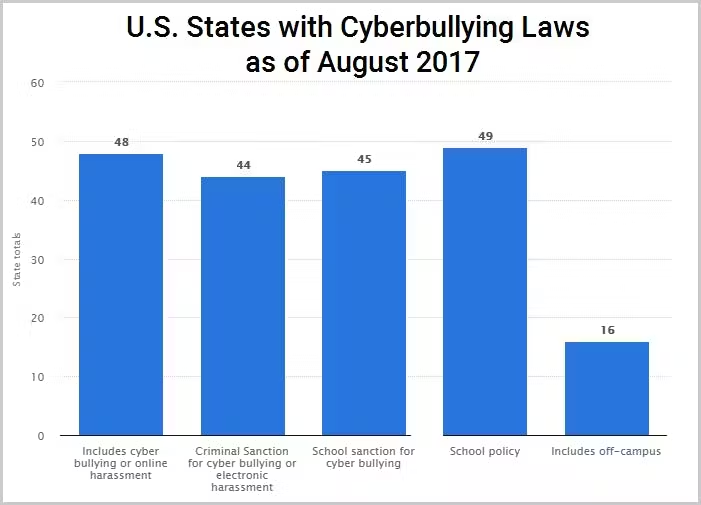
Types of Cyberbullying
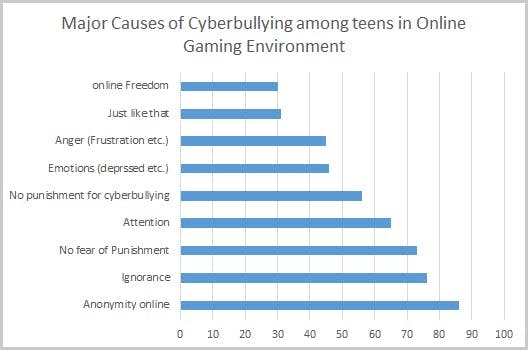
Effects of Cyberbullying on Students
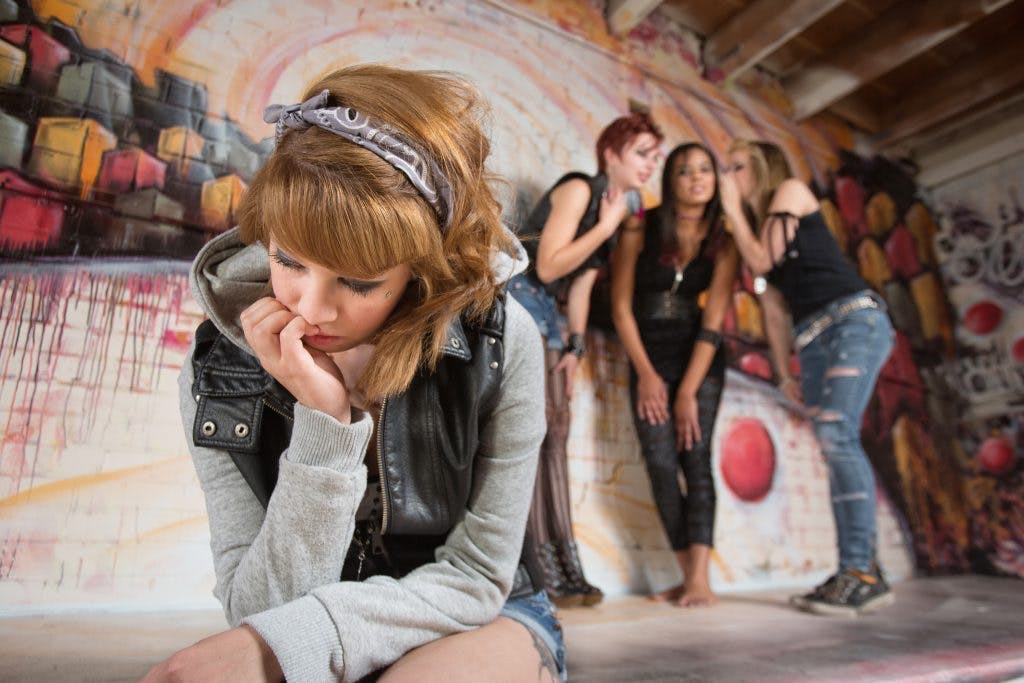

How is cyberbullying in schools affecting LGBT students?
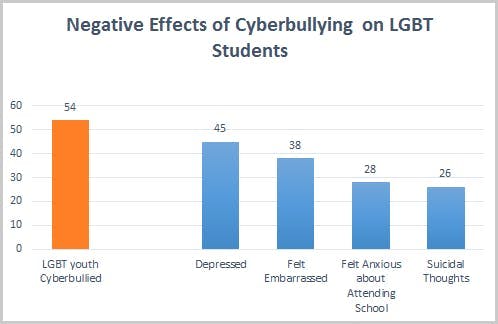
How to Identify Victims and Perpetrators of Cyberbullying?
Solutions to stop & prevent cyberbullying in schools

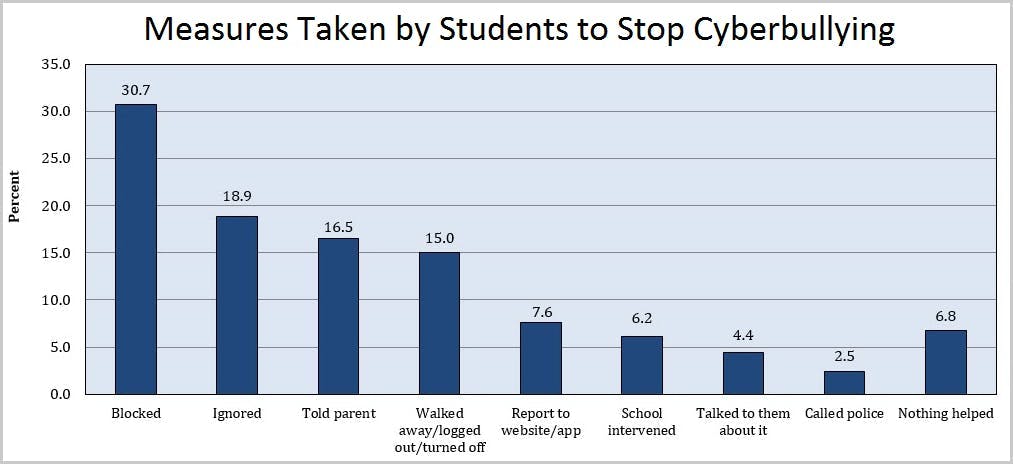
Use technology to flag cyberbullying incidents
Using G Suite (Google apps for education – GAFE)


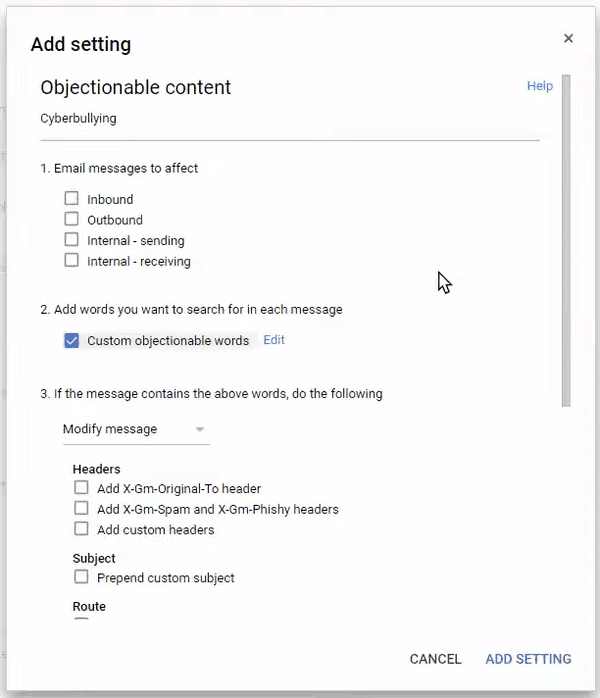
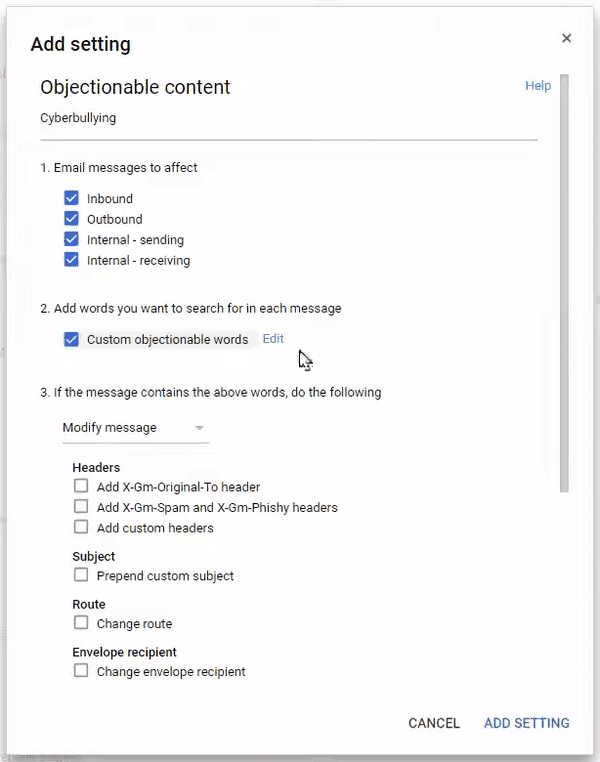
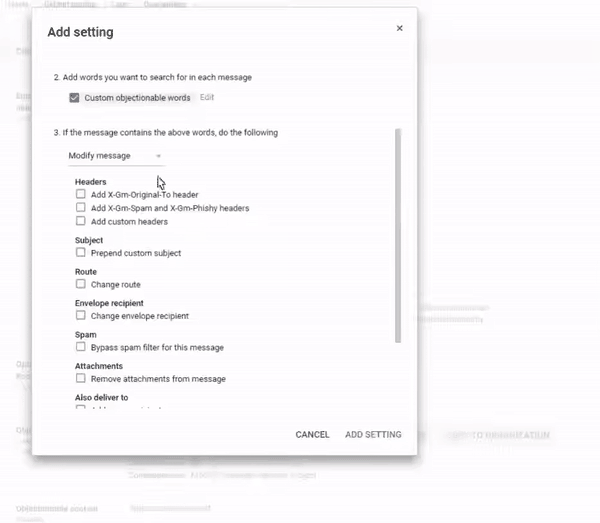
In this article
- What is Cyberbullying?
- Why Is Cyberbullying so Dangerous?
- Why Should Schools Care about Cyberbullying?
- Are Schools Fighting a Losing Battle against Cyberbullying?
- Types of Cyberbullying
- Effects of Cyberbullying on Students
- How to Identify Victims and Perpetrators of Cyberbullying?
- Solutions to Stop & Prevent Cyberbullying in Schools



